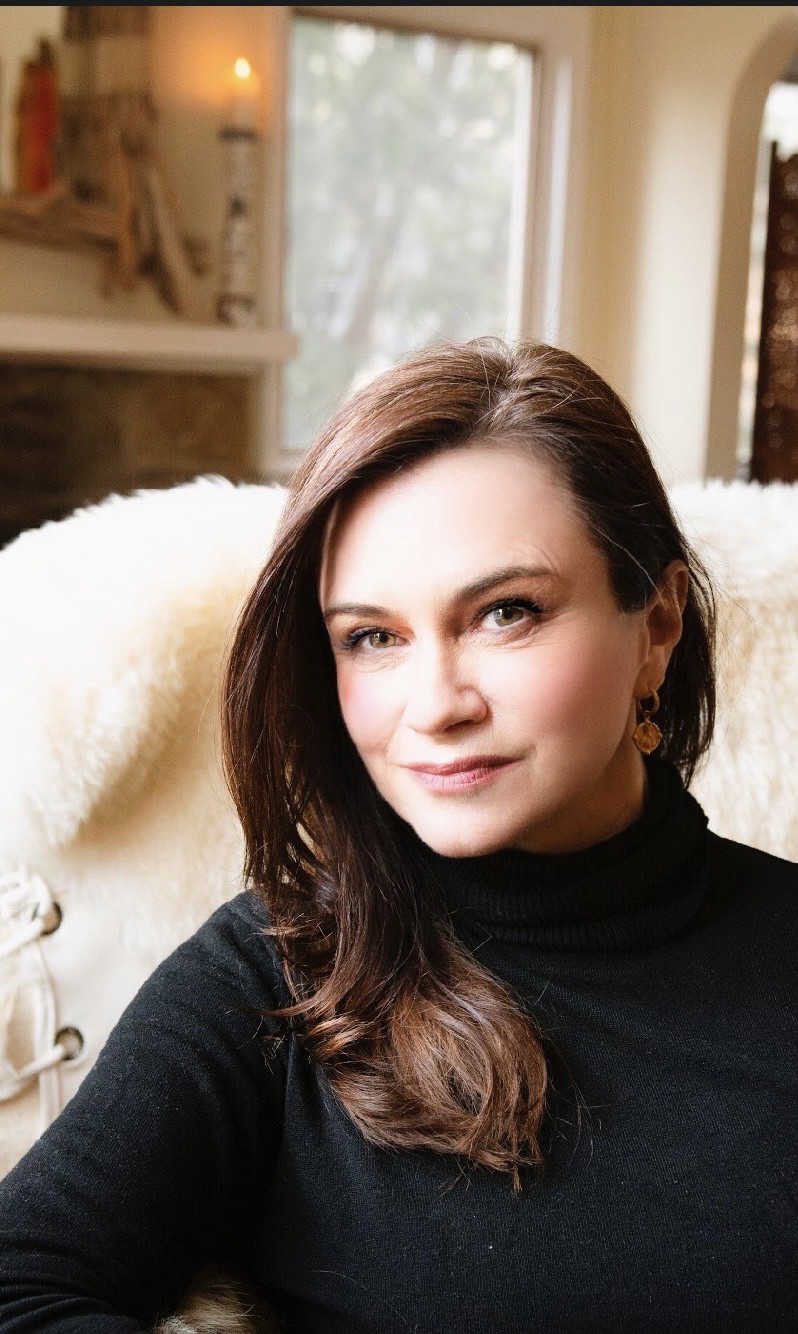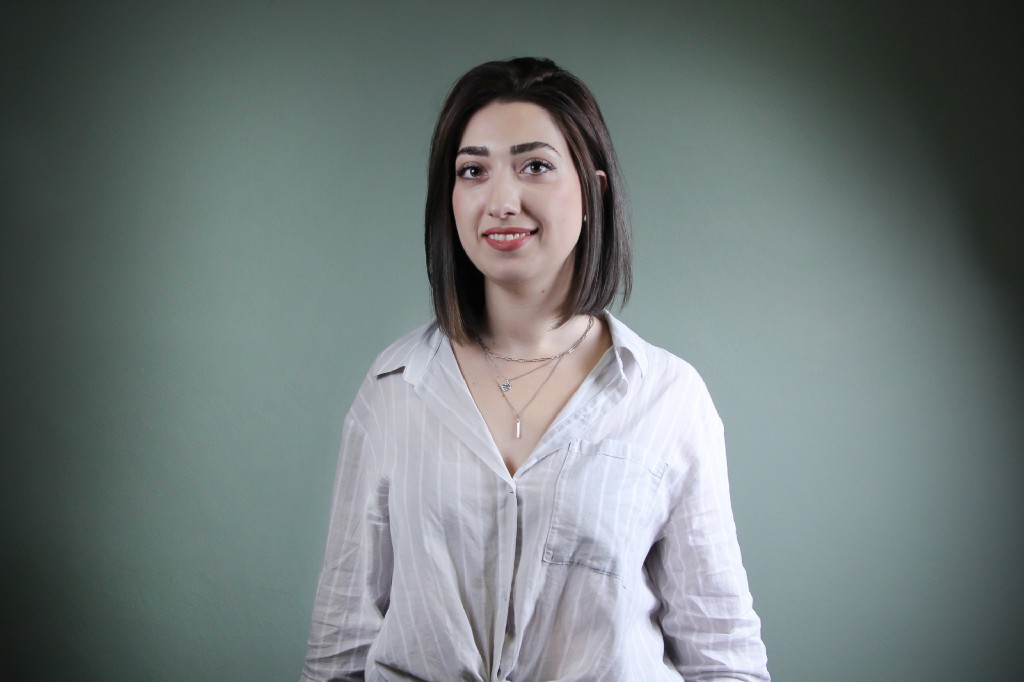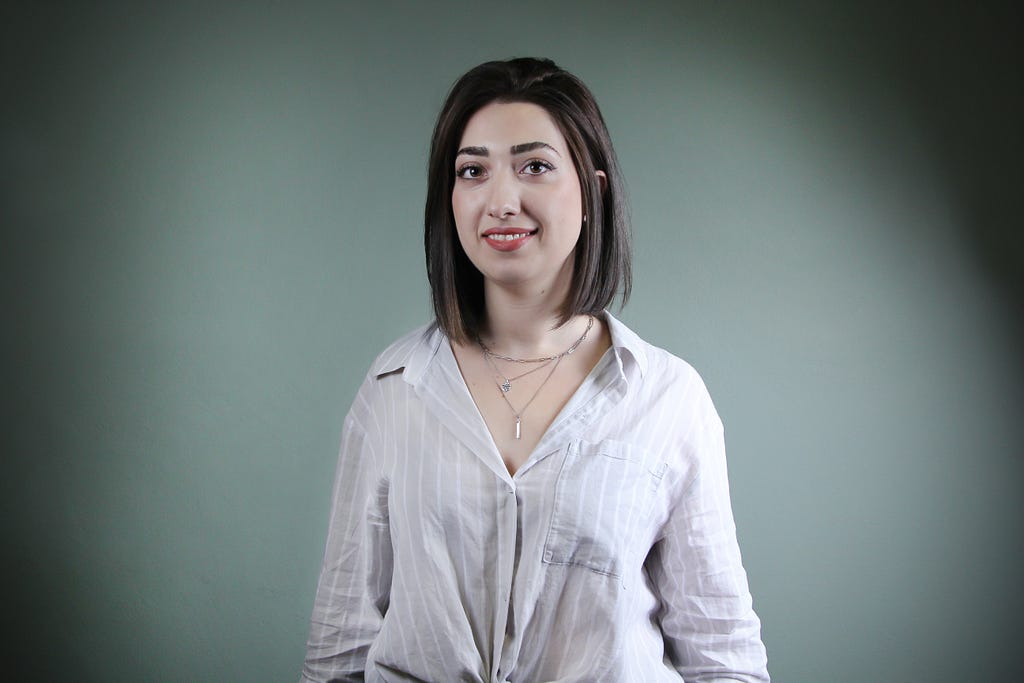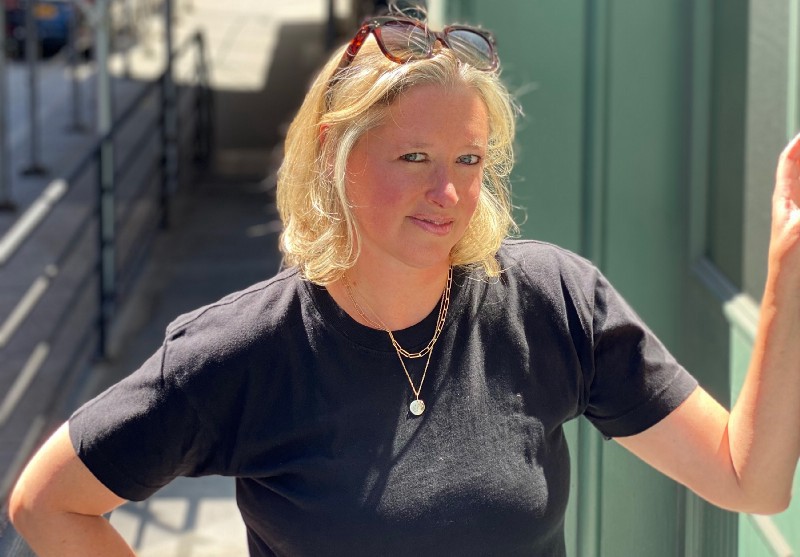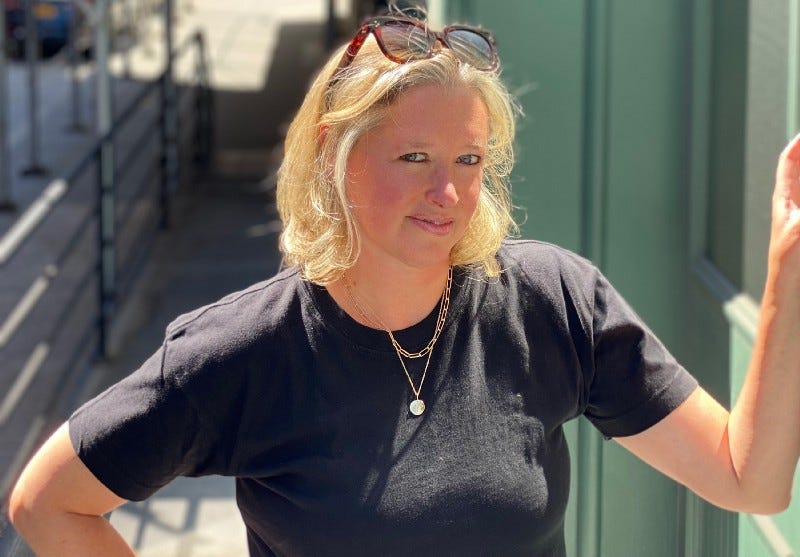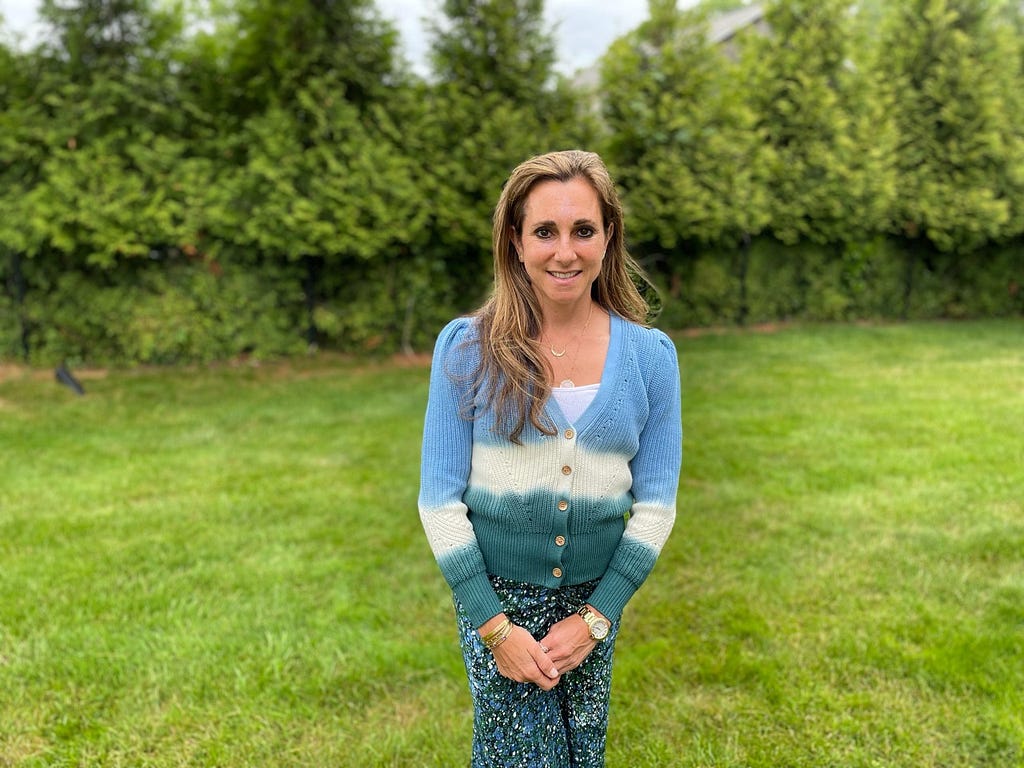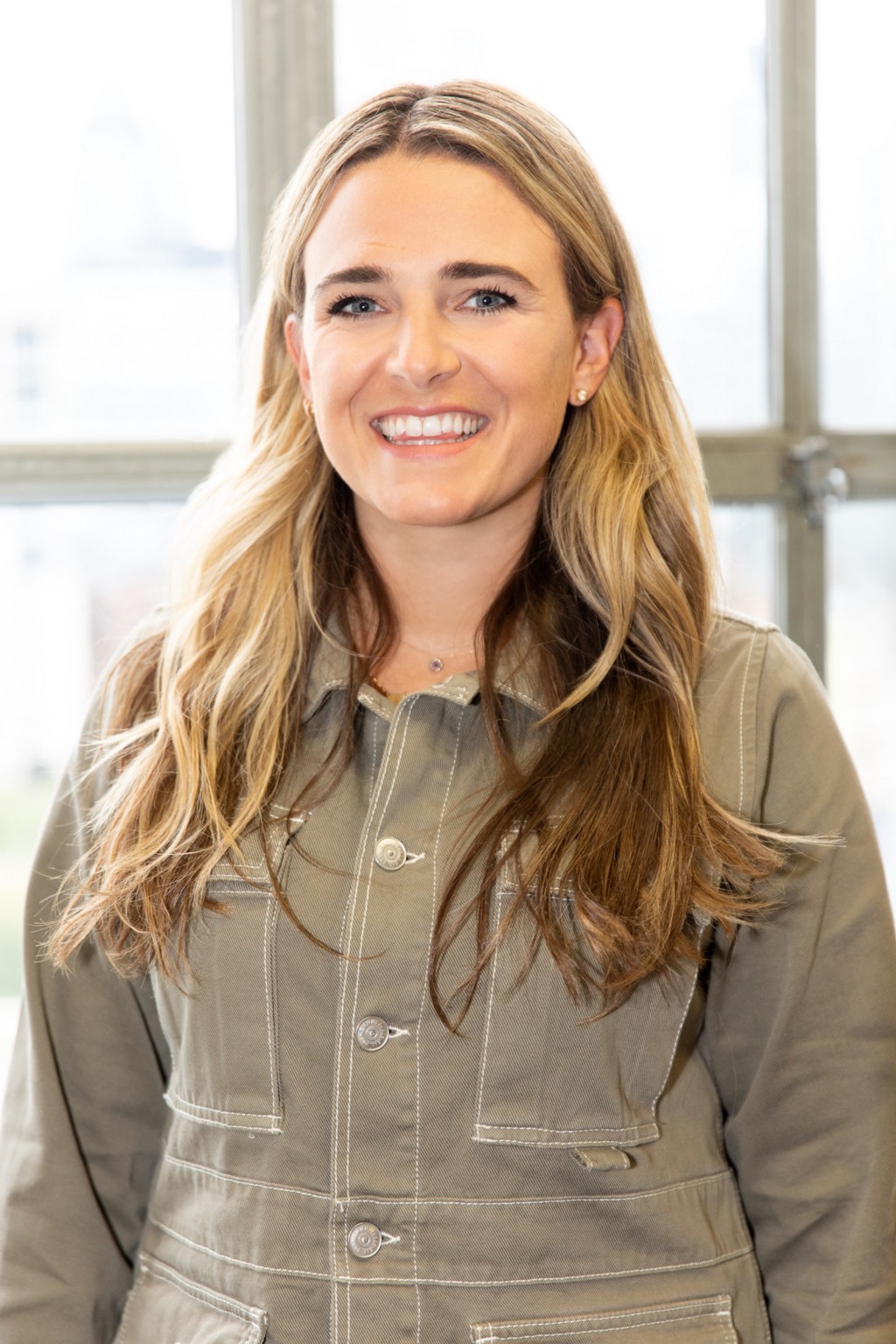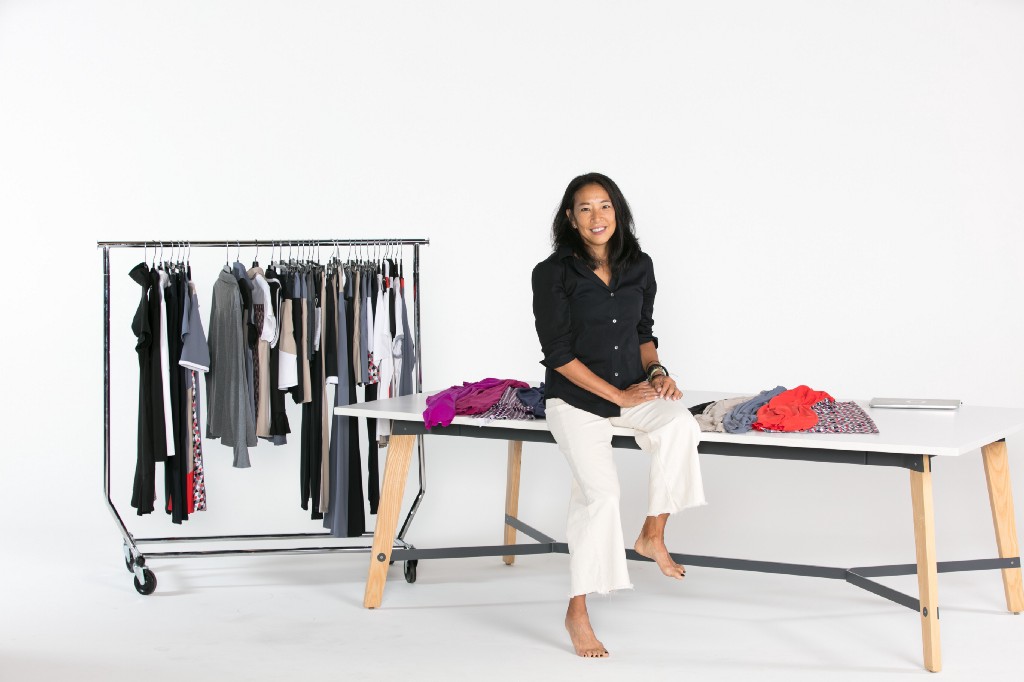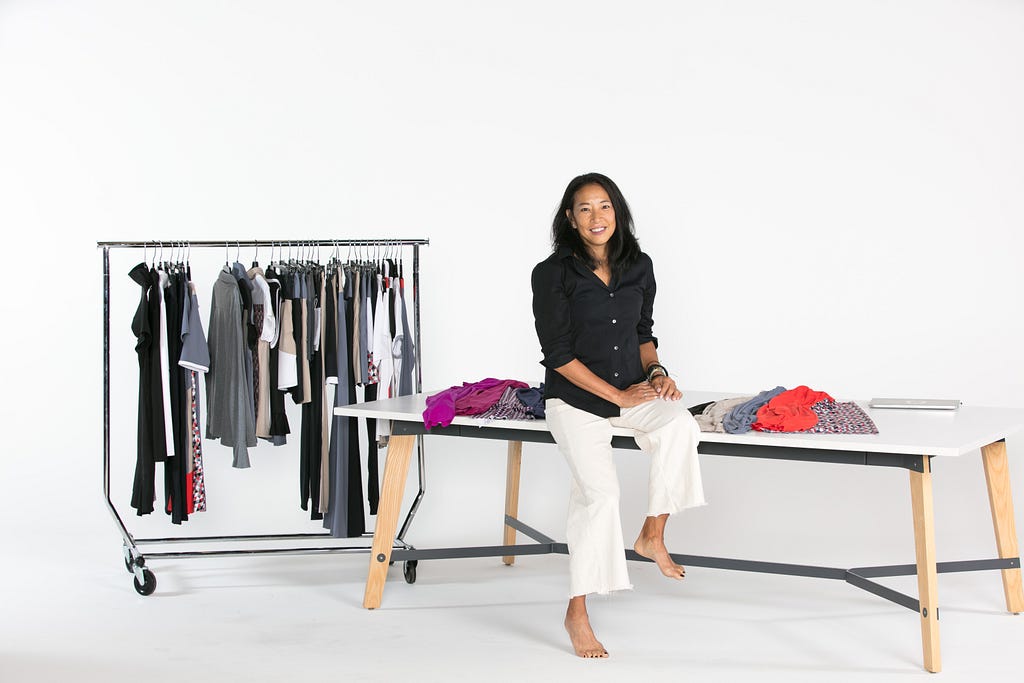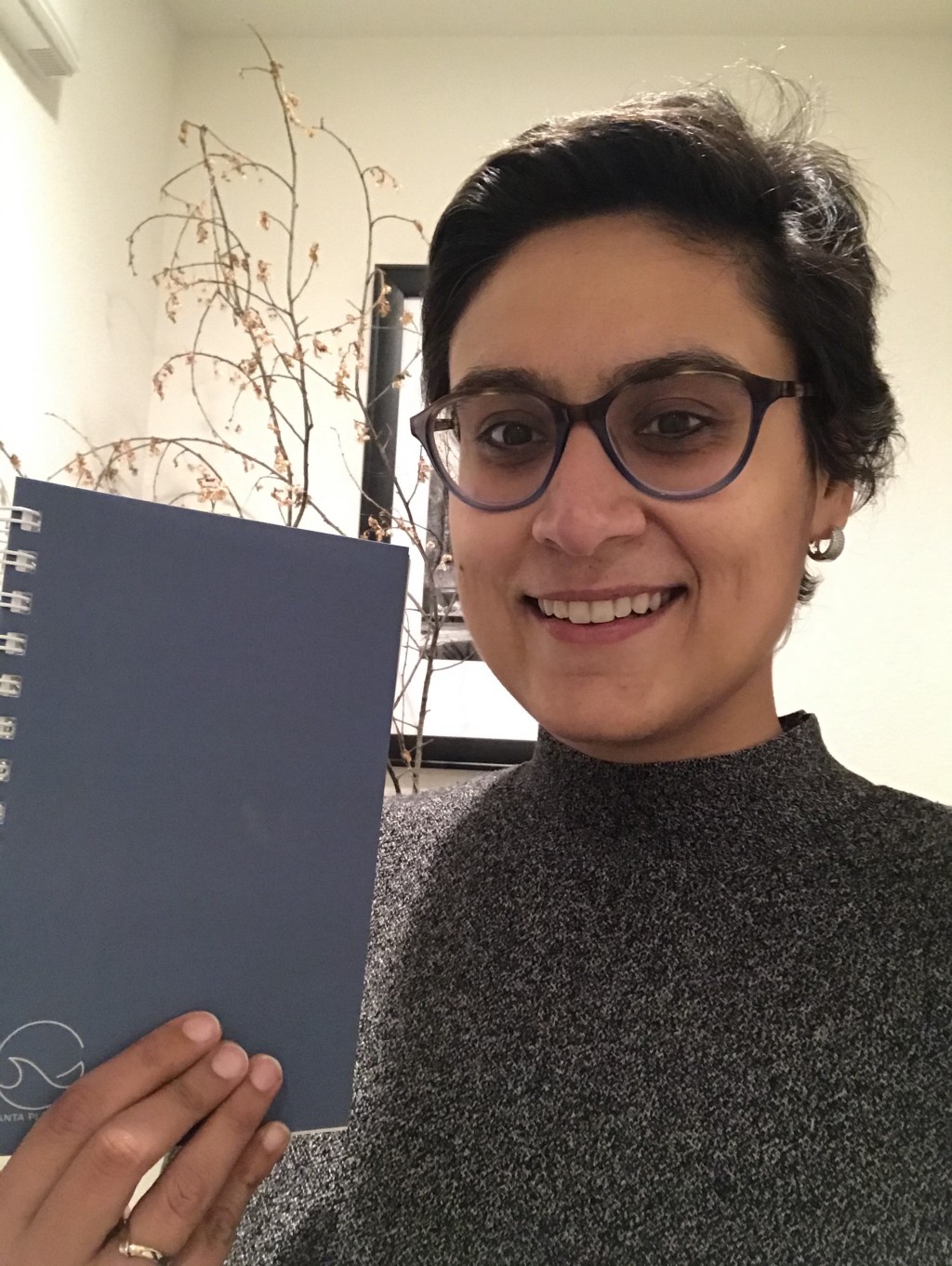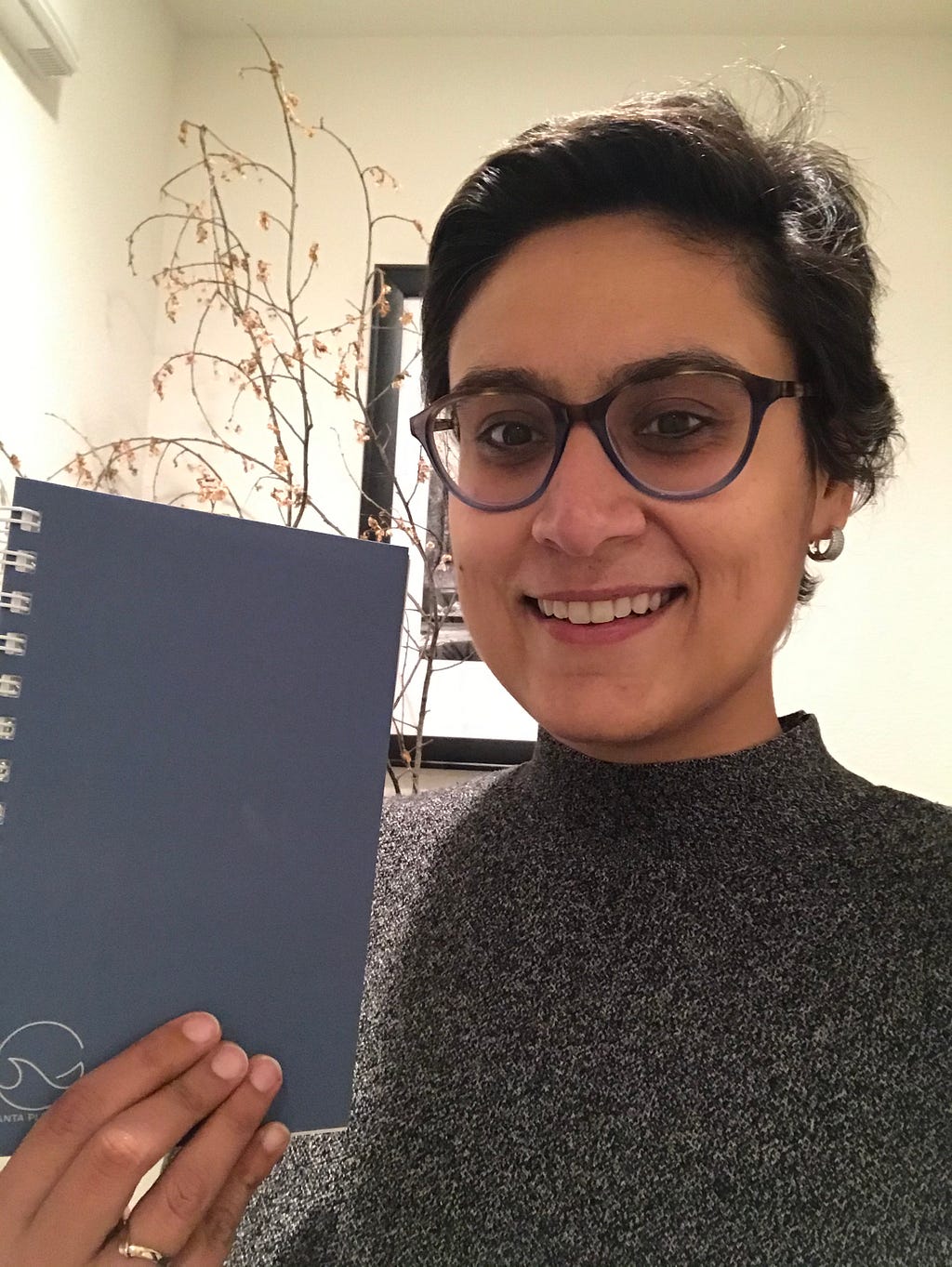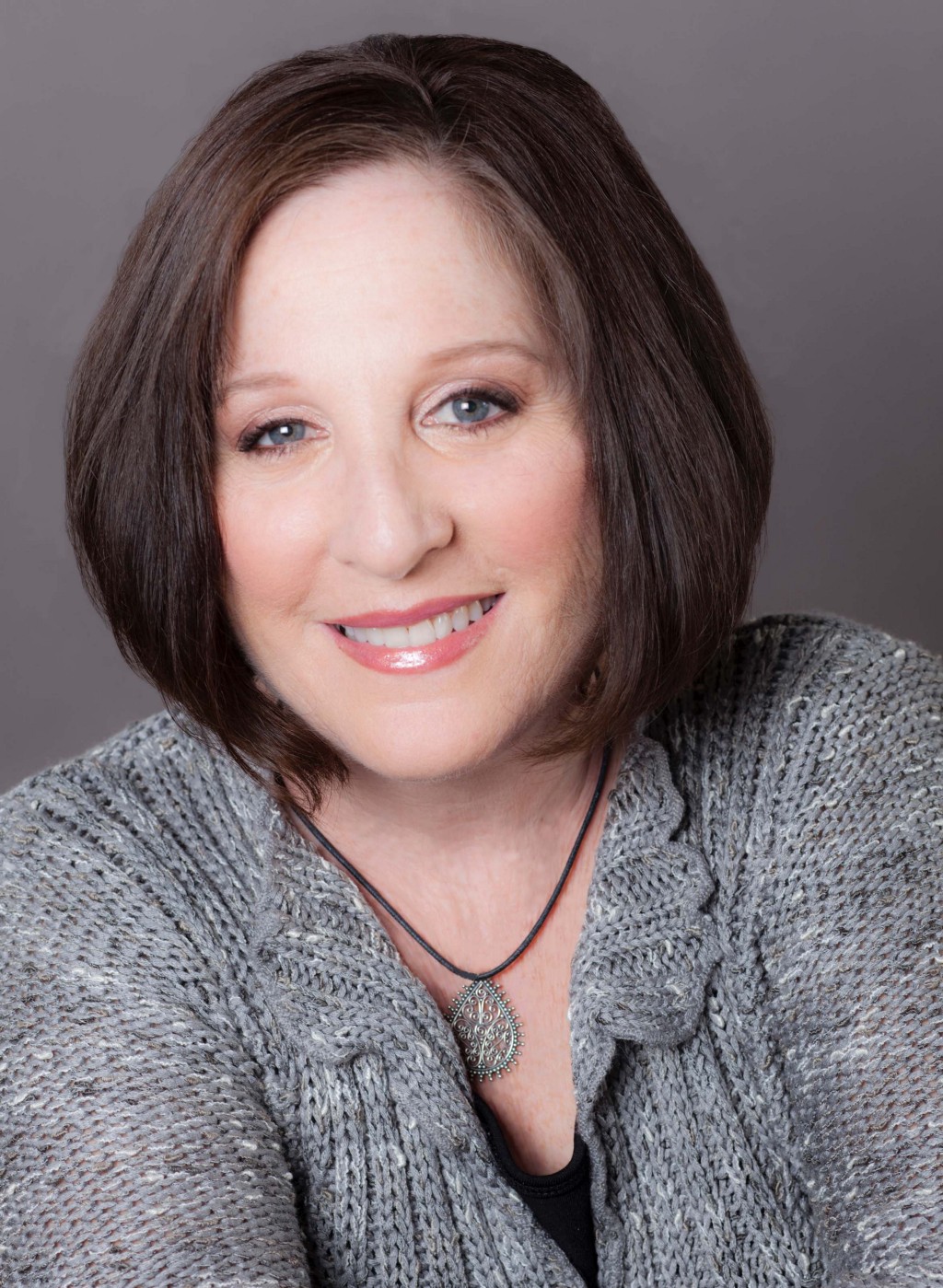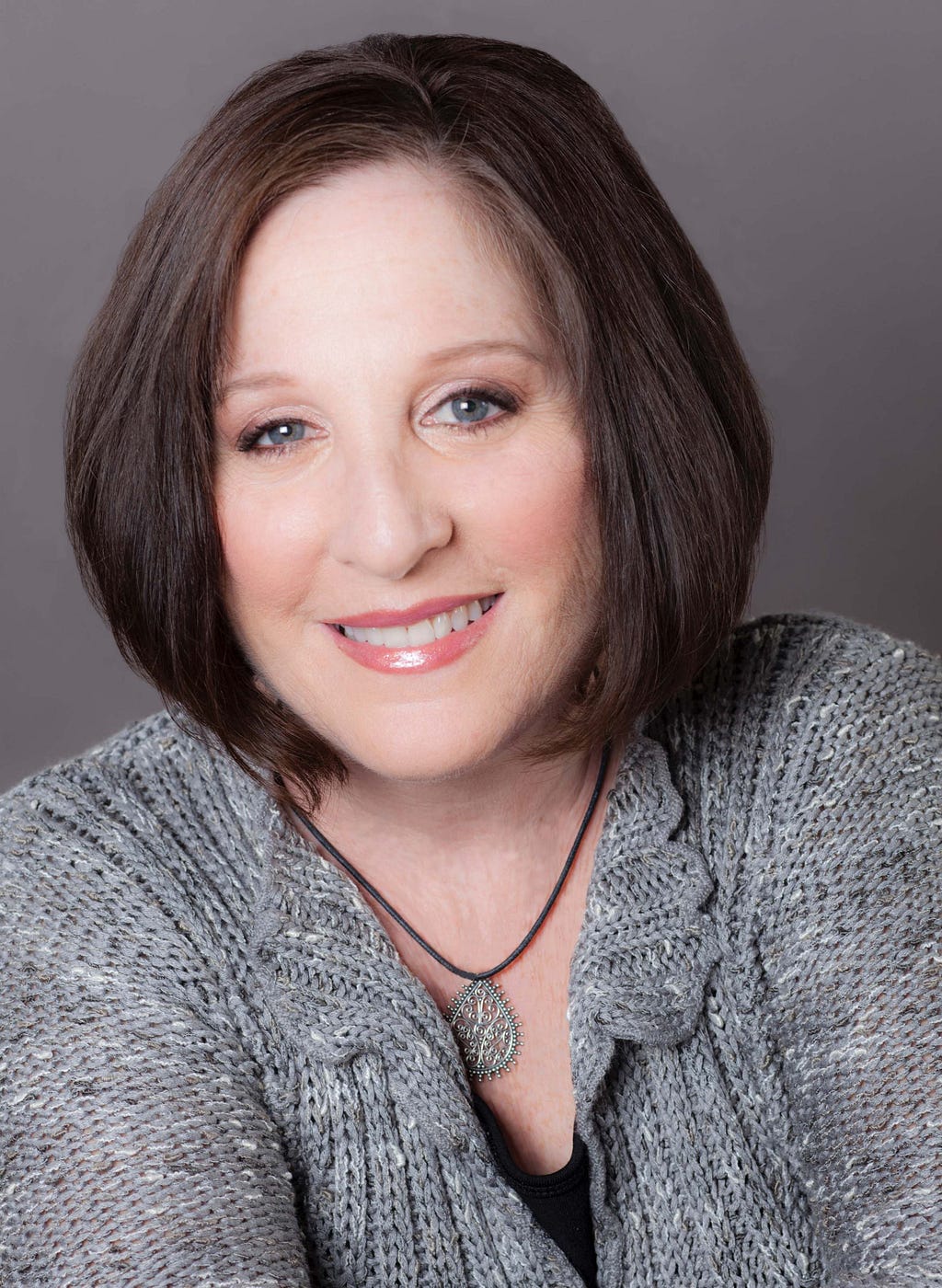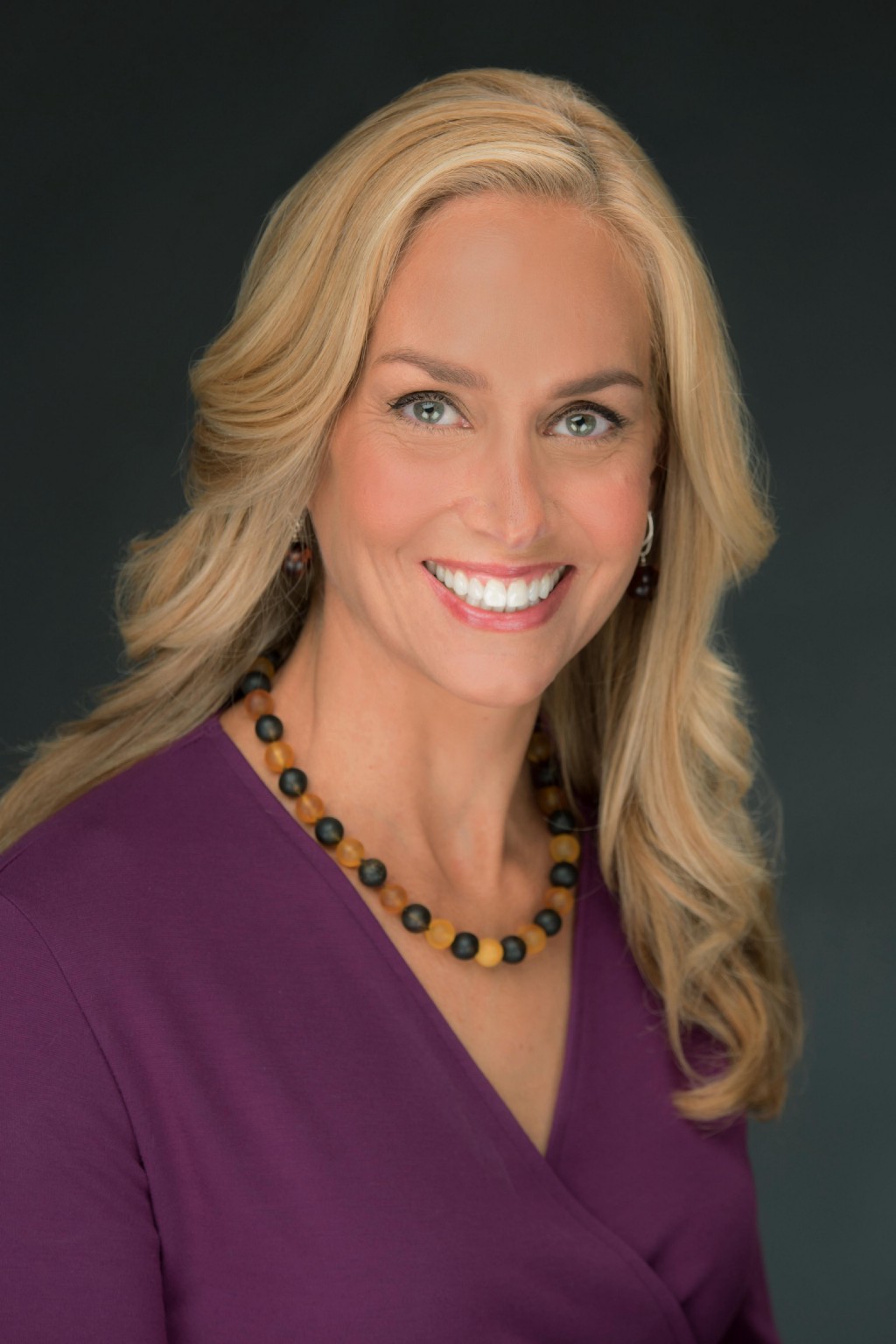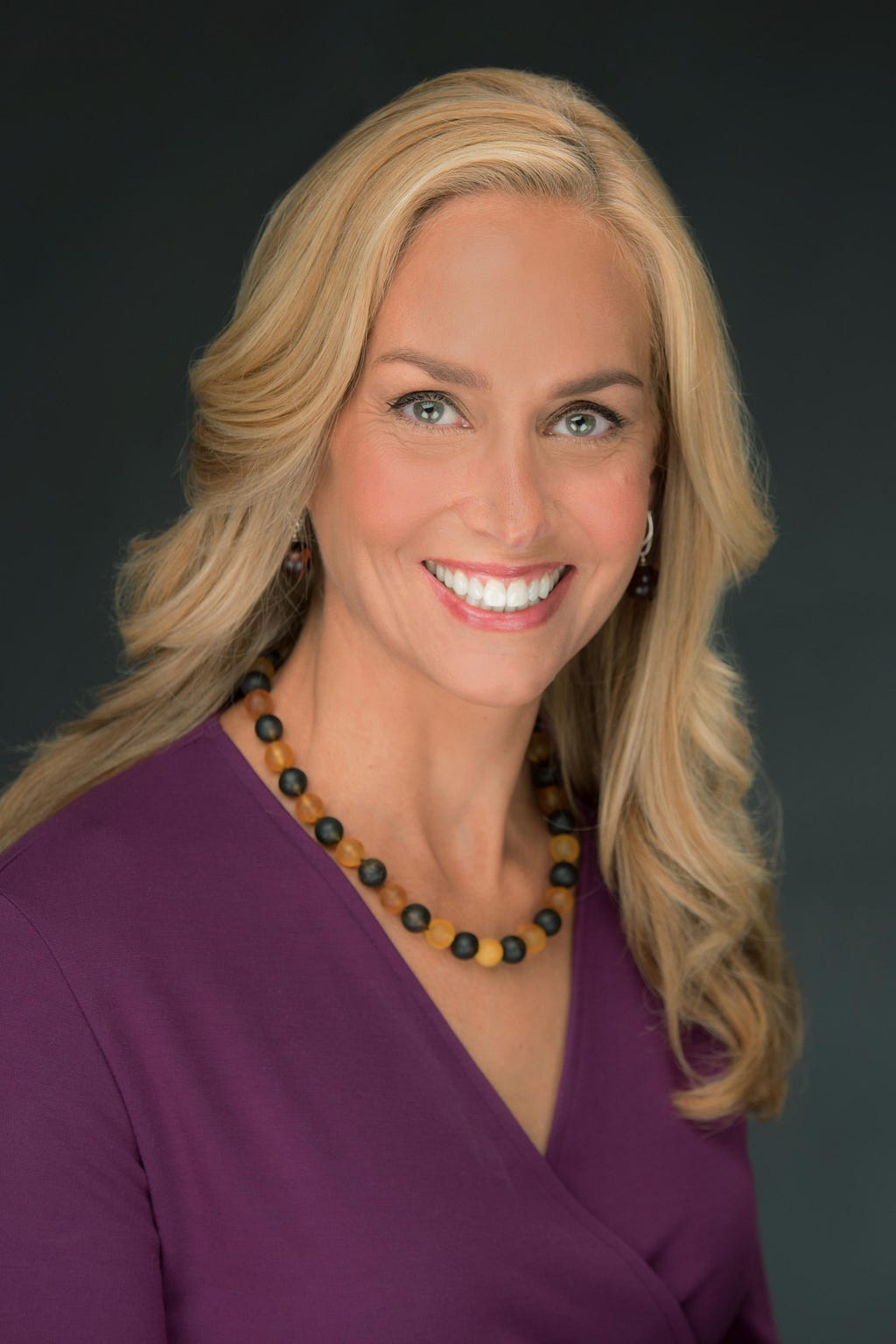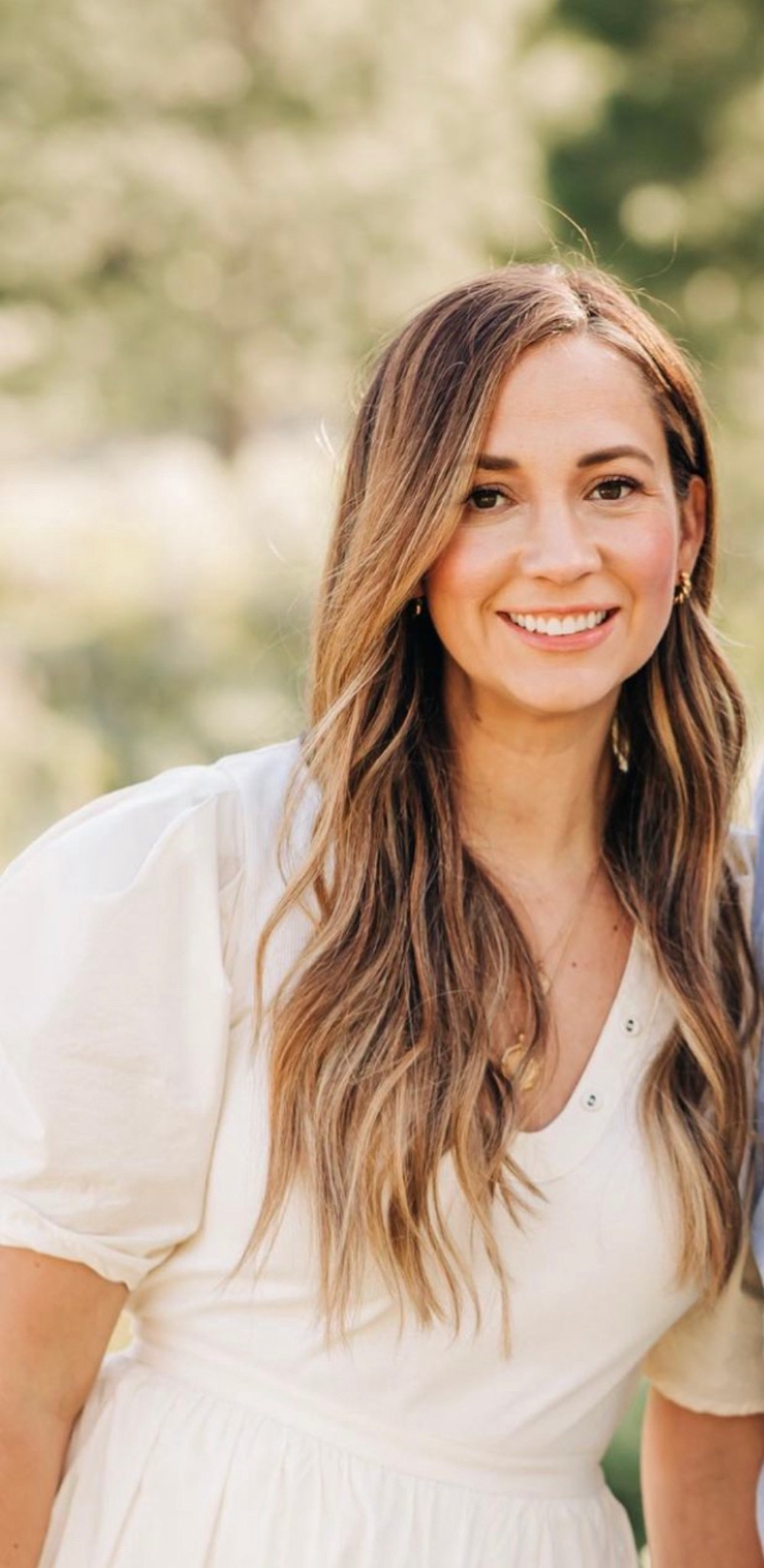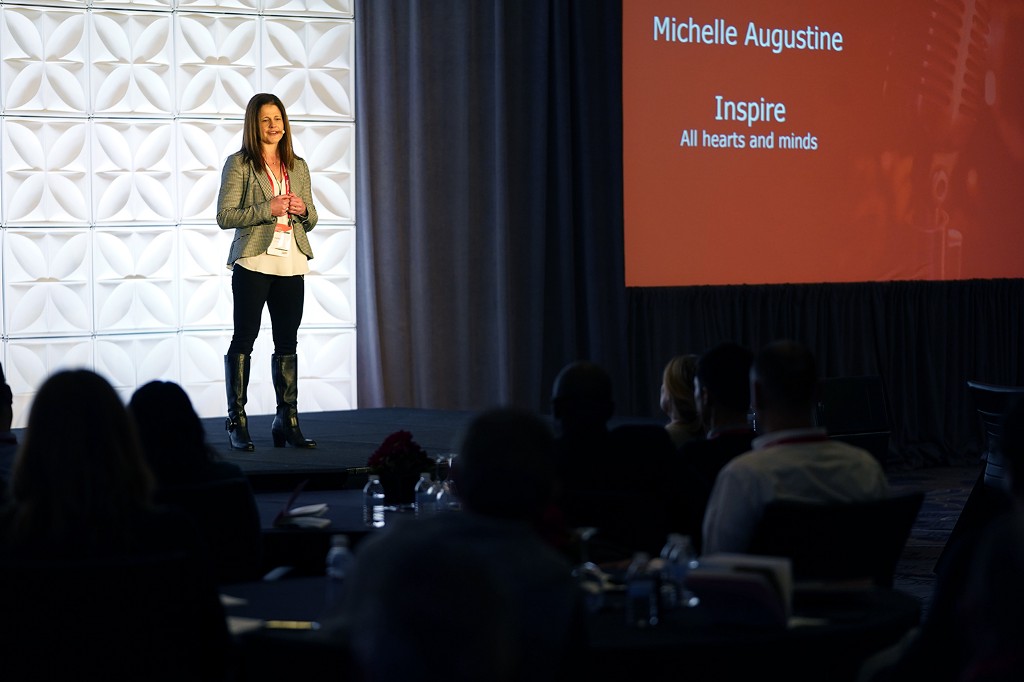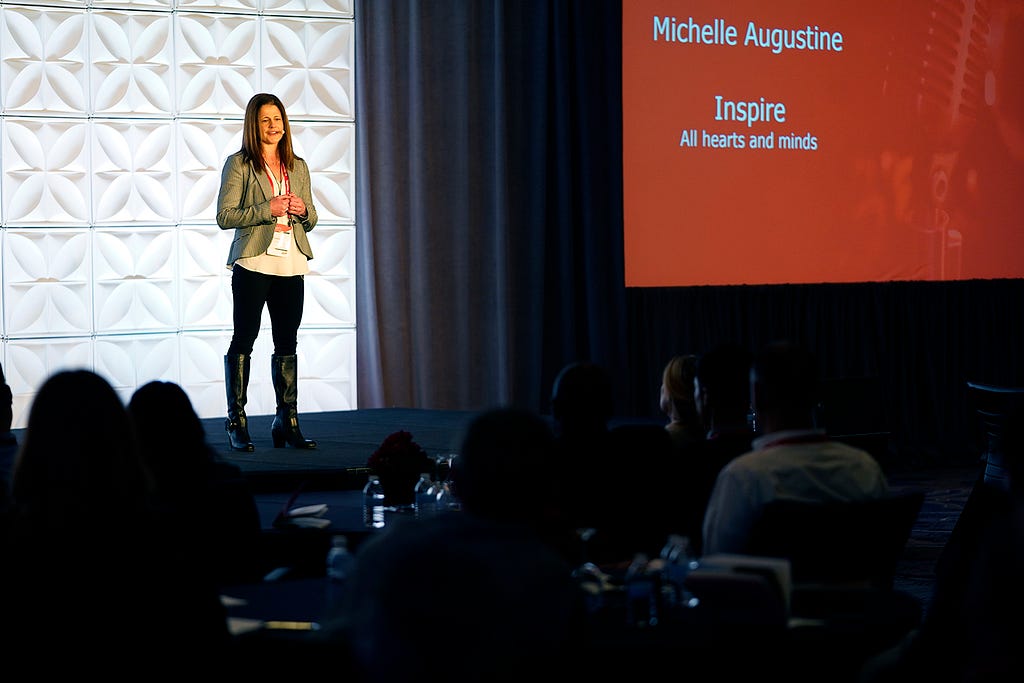Female Founders: Kate Roberts of The Body Agency On The Five Things You Need To Thrive and Succeed as a Woman Founder
An Interview With Candice Georgiadis
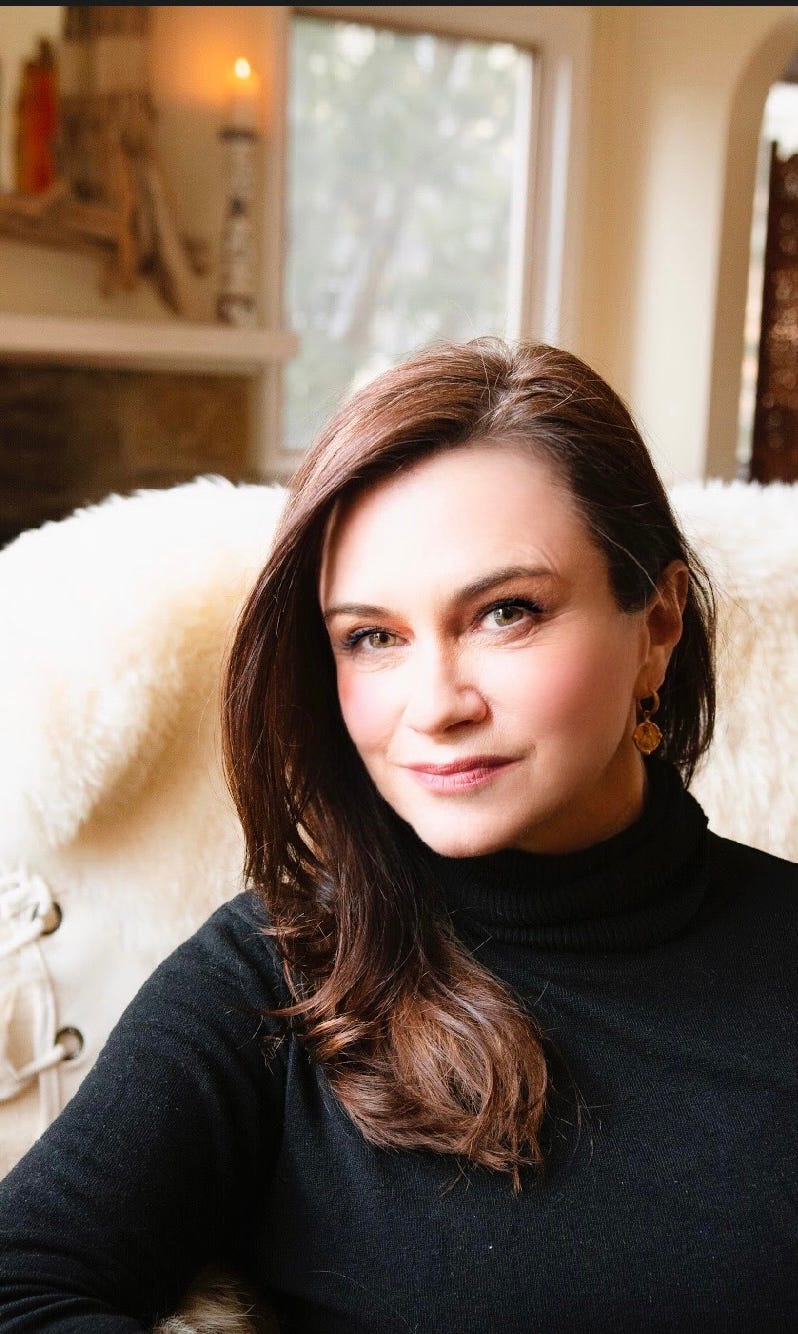
People will not understand your vision. For a founder it’s super clear and logical what your vision is but you need to be able to articulate it in your business plan for your investors and with your team who will execute on it. Don’t develop a 100 slide presentation. Keep it short and punchy with very clear ROI. You can’t get the numbers right off the bat, but get a clear understanding of the market and what gap you are filling.
As a part of our series about “Why We Need More Women Founders”, I had the pleasure of interviewing Kate Roberts.
Kate Roberts is a global social entrepreneur and champion for women’s leadership through business, philanthropy, sexual health, and art. She co-founded Maverick Collective together with Melinda Gates and The Crown Princess of Norway and more recently founded The Body Agency, a global fem tech and e-commerce company and its foundation.
Roberts is a frequent speaker at The World Economic Forum, The Aspen Institute and has been awarded, WEF Young Global Leader (YGL), Vogue’s top 100 Women, Public Policy’s best thinker, Fast Company’s Most Creative and CNN’s Hero Award.
Thank you so much for doing this with us! Before we dig in, our readers would like to get to know you a bit more. Can you tell us a bit about your “backstory”? What led you to this career path?
After a successful career in strategic marketing working for the international Advertising agency Saatchi & Saatchi, the job took me all over the world including a number of years in Eastern Europe. I was unfortunately kidnapped by the Russian mafia and through the trauma of losing all control, especially over my body, I decided that if I was to survive I would dedicate my life to empowering other women. I was born in the UK and grew up sailing the world on my father’s ship; he was a sea captain on supertankers. By the time I was 12, I had seen the world and witnessed extreme poverty, so it was very much ingrained in me as a child how many people suffered in the world. I have always been a bossy feminist and my mother instilled in me that we, as women can do anything we set our minds to. I then took a vacation to South Africa and saw the destruction of HIV/AIDS in the late 90’s and that began my journey to end AIDS.
I emigrated to Washington DC. joined the global healthcare giant PSI and started my first global charity called YouthAIDS. Through this platform, I was able to recruit some of the top celebrities in the world to help (Alicia Keys, Christina Aguilera, P Diddy, Bono, etc) and brands such as MTV, ALDO, Levi’s, Coke, Estee Lauder and others, which led to considerable funding to invest in innovation to prevent HIV. We implemented programs across 50 countries and worked towards an AIDS-free generation. I started to learn about investing in early stage innovation and saw how it can be leveraged and scaled. This set me on the path to understand how to tackle major diseases and pandemics, especially those affecting girls and women. I then joined forces with Melinda Gates and The Crown Princess of Norway to start Maverick Collective, a philanthropic platform of incredible bold women all investing in promising solutions in women’s health. We worked on issues such as cervical cancer, HIV prevention, gender-based violence prevention, access to much-needed contraception and sexual reproductive health. During this journey, I recognized a massive gap in women’s sexual wellness as well as the stigma associated to our bodies normal functions such as periods, fertility and menopause. Plus, I learned about the orgasm gap, 75% of women do not achieve orgasm by sexual intercourse alone. This is when I decided to start The Body Agency.
Can you share the most interesting story that happened to you since you began leading your company?
Well there are three and it’s hard to choose:
A private meeting with Bill Gates. I was 10 months pregnant, and we met at a hotel in Washington DC. I was early and he was late and the only other person in the bar was a rather shady guy sitting at the bar. He kept checking me out and I remember thinking how odd that a man would be looking at a heavily pregnant woman. To break the ice when Bill arrived, I joked about the situation and Bill just laughed and said “don’t flatter yourself Kate, that’s my security detail”. I had my daughter the next day, so I like to think Bill Gates helped me birth my child. This meeting also led to me meeting Melinda and $6M seed funding for Maverick Collective and when I returned from maternity leave there was a letter waiting for me from Bill on my desk.
A close second would be trying to pass customs in Costa Rica with 70 vulva puppets or ‘Vuppets’ as we call them, educational, stuffed puppets in the shape of vulvas. I was bringing them in the country for a speaking engagement with the Young Global Leaders conference. Yup, every global leader got a Vuppet and border control did not know what to make of me and my entire suitcase of vulvas!
Lastly, it would be forming a close relationship with Jimmy Wales, the founder of Wikapedia who I met on a plane while I was traveling to China. I refused to talk to him at first because I thought sleep was a much more viable proposition and I silenced him. We ended up being in the same YGL year at the Forum and became work husband and wife. At the conferences, we would lean on each other’s expertise and networks. One year, I found myself in a conversation with Jimmy (Wikapedia), Mark Zuckerberg (Facebook), Sergey Brin (Google) at dinner.
Can you share a story about the funniest mistake you made when you were first starting? Can you tell us what lesson you learned from that?
In the early stages of establishing The Body Agency, I would quiz all our potential partners on drawing a woman’s vulva and ask them to point out where the clitoris was. Absolutely amazing how both men and women got it wrong. For this reason, we developed our “Vuppet”, the vulva puppet which is an educational tool for kids and grown ups to understand their anatomy down there and where all the parts are. It’s also useful to teach girls how to put tampons in and for OBGYNs to demonstrate child birth, for instance. We also have a coaster that also names all the parts of a woman’s anatomy. People don’t realize how many holes we have down there and what their functions are. I think it’s easier for men as their parts are external!
None of us are able to achieve success without some help along the way. Is there a particular person who you are grateful towards who helped get you to where you are? Can you share a story about that?
Again, there are so many to mention but three that really stand out:
Debra Messing. We paired up in the early stages of YouthAIDS. She wanted to change the world and I needed to open the right doors. She was willing to travel with us to Africa, listen to our strategic needs and be the right voice and use her celebrity to create awareness and funding for the issue. She helped us secure a $100M grant from USAID, develop a key partnership with DFID and UNAIDS and she did it all with grace and humility. She is just a great human and knows the important part of humor when dealing with such controversial issues. She has now joined our board of The Body Agency Collective and we are looking to go the last mile to end HIV and invest in our next generation of youth.
HRH Mette-Marit, Crown Princess of Norway. She’s an unlikely friend and mentor; we met through her husband Crown Prince Haakon and found ourselves on a trip to India together to see HIV and TB programs in the field of HIV. We went on to join forces to create Maverick Creative together with Melinda Gates. We spent many long nights on the phone together plotting and planning our organization, she was completely hands-on and brilliant in all her recommendations and guidance. She also opened the palace for us in Norway to have retreats and learning sessions. There is so much she did behind the scenes for the success of the initiative. She is the real deal!
Kim Agnew. Kim’s was one of the founding members of Maverick Collective and together with a few of the other members really educated me about female sexual wellness and lack of resources. Kim helped me to create The Body Agency and now serves on our board. She believed in my leadership from the getgo and took a massive leap of faith.
Ok, thank you for that. Let’s now jump to the primary focus of our interview. According to this EY report, only about 20 percent of funded companies have women founders. This reflects great historical progress, but it also shows that more work still must be done to empower women to create companies. In your opinion and experience what is currently holding back women from founding companies?
Men hold the majority of funding still. In my field of sexual wellness and women’s health, the conversation and enterprise is still hard for men to get behind or even hear about. However, it is demonstrated time after time, that women actually work quicker to generate more return on investment and more profits. It’s simply funding that still holds women back. It also just takes guts to start something, and our culture and biology still dictates otherwise. There is no question that having babies interrupts our professional journey. I waited until my 40’s to have kids for that very reason and when I was pregnant I found myself apologizing to my CEO at the time! Women are also still outside of those established power networks and often don’t get the same opportunities, therefore don’t see themselves as entrepreneurs as much.
Can you help articulate a few things that can be done as individuals, as a society, or by the government, to help overcome those obstacles?
Women need to invest in women and women-led companies, we also need to lift each other up. I see incredible ventures such as The Billion Dollar Fund for Women and many VC’s like Trail Mix Ventures and Lux Capital now just focused on funding women led companies alone. I also think that the sports world is making a difference. Individuals such as Harvey Grant, a retired pro basketball player for the Wizards is using his base to reach girls through strategic partnerships and he also sits on The Body Board Collective Foundation. The sports world alone can change the playing field for women, literally!
This might be intuitive to you as a woman founder but I think it will be helpful to spell this out. Can you share a few reasons why more women should become founders?
Women hold an incredible super-power to juggle family, work and home, like no other. I am a single mother, a founder of many companies and non profit efforts. It’s just amazing what we can do when we put our minds to it. We are collectively stronger when women support other women and we form collectives that will change the world. There is something magical about talent supporting talent, especially amongst women, we do it with more empathy.
What are the “myths” that you would like to dispel about being a founder? Can you explain what you mean?
That Rome wasn’t built in a day. It takes perseverance and many Plan Bs. Amazon is still losing money and you need to keep reinvesting in your company and reinventing yourself. Look at Madonna and how she has changed through the ages to stay relevant, she is a brand, she is a company, she takes no prisoners! Many start-ups fail, it’s not always the shiny, new thing that you should be investing in. Most new companies take at least five years to get established. There is a certain image that founders are expected to pull all-nighters and sleep under their desks until you get it right. Through my experience, I believe in self-care as well as hard work and founders should not run themselves into the ground and set that example for their team. ‘No’ is a full sentence and you will get a lot of them, but it’s the ‘yeses’ that keep you going.
Is everyone cut out to be a founder? In your opinion, which specific traits increase the likelihood that a person will be a successful founder and what type of person should perhaps seek a “regular job” as an employee? Can you explain what you mean?
No, not everyone is set out to be a founder; it’s hard and takes a certain type of person. You have to be able to check your ego at the door every day and be a self motivator. NOBODY tells you “great job” as a founder and nobody is there above you telling you what to do. You will hit many obstacles and often think it will be easier to give up. However, when you are also spending other people’s money you cannot give up, ever! It’s much easier to have a job, go to work, not be accountable and get your paycheck every month and be able to sleep soundly knowing you will pay the mortgage. Founders are also thrill seekers of the chase, whether it be to secure funding, solving problems, be a team player and build something meaningful that can change the world, which is what gets my juices flowing.
Ok super. Here is the main question of our interview. What are your “5 Things I Wish Someone Told Me Before I Started” and why? (Please share a story or example for each.)
1. People will not understand your vision. For a founder it’s super clear and logical what your vision is but you need to be able to articulate it in your business plan for your investors and with your team who will execute on it. Don’t develop a 100 slide presentation. Keep it short and punchy with very clear ROI. You can’t get the numbers right off the bat, but get a clear understanding of the market and what gap you are filling.
2. Failing quickly is okay. It will take many attempts to get it right and it’s ok to fail but have a Plan B.
3. Do adequate research. It’s tempting to just get started without doing the necessary research. I made sure to talk to many other founders in my space to understand their failures and the market so I did not make the same mistakes. One lesson I learnt is that you can get closed down on social media for mentioning anything sexual, including words like vagina and menopause.
4. Agencies are expensive and often suck. It’s all about your talent and individual talent and not necessarily big agencies. Big agencies will run up huge bills and retainers. Find the winning individual who is invested in your mission who has a good track record in their field.
5. Partnerships are key to building any business. Start with the right founding investors who are willing to lean in and help you to build the business with their skills. I love the old African proverb “If you want to go fast, go alone, but if you want to go far, go together”. One of our founding investors, Bill Sanders, has taught me so much about structure and finance where I lacked the expertise. Find people that are better than you in where you are weak. Always look for win-win partnerships, don’t give away your platform for free.
Thank you for these fantastic insights!
Female Founders: Kate Roberts of The Body Agency On The Five Things You Need To Thrive and Succeed… was originally published in Authority Magazine on Medium, where people are continuing the conversation by highlighting and responding to this story.


